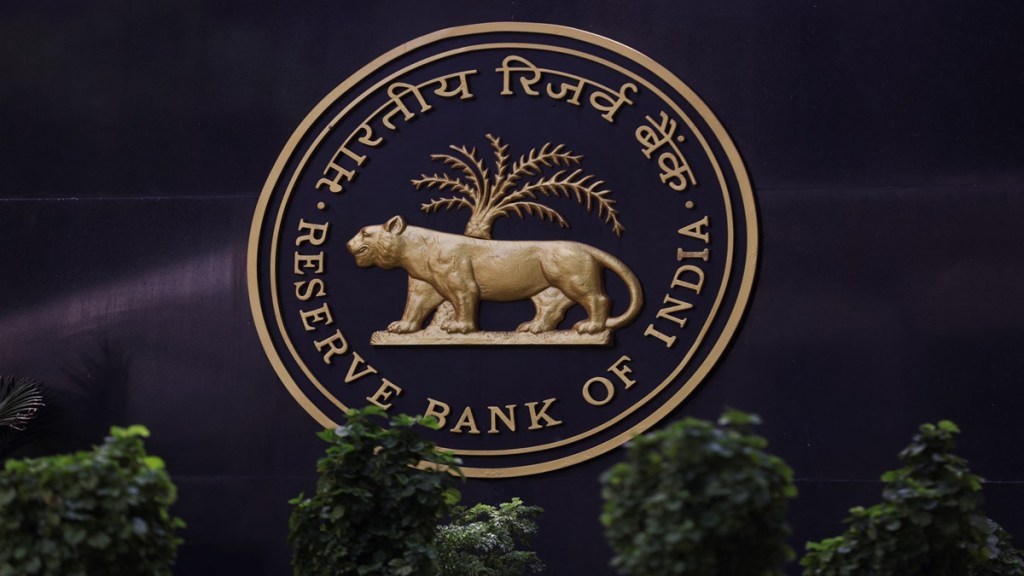The Reserve Bank of India’s (RBI) Monetary Policy Committee (MPC), during its last meeting in February, voted unanimously to reduce the policy rate to 6.25 per cent. The stance was retained as ‘neutral’, contrary to expectation of change to an ‘accommodative’ stance. The central bank projected FY25-26 real GDP growth at 6.7 per cent and CPI inflation was estimated at 4.2 per cent YoY.
Barclays said, “Even though we see today’s policy statement as ‘neutral’ we continue to expect another 25bp cut in April. The unanimous vote for a cut today, in addition to the confluence of near-term low growth and closer to target inflation forecasts of the RBI support our view for continued easing in April. We continue to see the policy repo rate at 5.5 per cent by March 2026 and expect a 50bp cut in the CRR in FY25-26.”
What transpired? What were the key factors at play? What changed from the December MPC meet to February MPC meet?
On growth, Barclays said, the February MPC statement noted the prospects of a strong rabi crop supporting agriculture growth. While the December 2024 statement expected a ‘pickup’ in industrial activity, the February 2025 statement highlighted only a ‘recovery’. That said, the February statement also mentioned the likely support from tax relief in the budget and the government’s continued capex as factors supporting domestic demand. “Overall, the statement postulated balanced risks for growth in FY25-26. The MPC expects growth for full-year FY25-26 at 6.7 per cent, with Q1 at 6.7 per cent (earlier: 6.9 per cent), Q2 at 7 per cent (earlier: 7.3 per cent) and both Q3 and Q4 at 6.5 per cent.
On inflation, the February statement and the December statement diverge significantly. “While in December, the MPC highlighted “adverse” inflation outcomes, the February statement noted that inflation has declined, and is expected to moderate further in FY25-26. It argued that lower growth vs FY23-24 and continued disinflation provides policy space for a less restrictive policy,” stated a report by Barclays. This was in contrast with the December statement, which had highlighted risks to inflation and that the foundations for growth come from price stability. In February, the MPC projected CPI inflation to average 4.2 per cent in FY25-26 (from 4.8 per cent in FY24-25), with Q1 at 4.5 per cent, (earlier: 4.6 per cent), Q2: 4 per cent (unchanged), Q3: 3.8 per cent and Q4 at 4.2 per cent.
Aastha Gudwani, India Chief Economist, Barclays, said, “We think that the change from December to February statement highlights the change in focus for the MPC. The December statement argued for keeping rates on hold to bring inflation down to support growth, while the February statement rationalizes the rate cut to support growth. We are mindful that this change likely finds its roots in the latest data showing lower inflation and modest improvement in growth.”
Another major change from December to February was the change of leadership. While the MPC meeting in December was led by the then RBI Governor Shaktikanta Das, he later demitted the office during the same month, after completing six years as the 25th Governor of the Reserve Bank of India. The January MPC meeting was held under the chairmanship of the new RBI Governor Sanjay Malhotra. He took charge as the 26th RBI governor in December, for the next 3 years.
A look at Sanjay Malhotra’s policy vision board
With the February meeting being Governor Malhotra’s maiden monetary policy meet, economists were keen to understand his policy vision board and per Barclays, three things stood out from his opening statement:
• First, the RBI will look to use the flexibility embedded in the flexible inflation- targeting (FIT) framework. It also intends to further refine the building blocks of this framework by improving forecasting of key macroeconomic variables. Barclays has highlighted this in the past that the RBI may now look to gradually depart from its fixation to 4 per cent CPI inflation target and instead embrace a range, especially when CPI shocks emanate from volatile vegetable prices.
• Second, the RBI’s consultative approach while designing regulations will be continued and enough time will be given to ensure smooth implementation and transition. Aastha Gudwani said, “We see this positively in light of the impending LCR requirement change implementation. In the post policy conference call, the governor highlighted that this implementation will likely happen only after 31 March, 2026 as against the current requirement of 31 March, 2025.”
• Third, on the exchange rate, the stated policy is to maintain orderliness and stability, without compromising market efficiency. FX intervention will thus focus on smoothing excessive and disruptive volatility rather than targeting any specific level.


